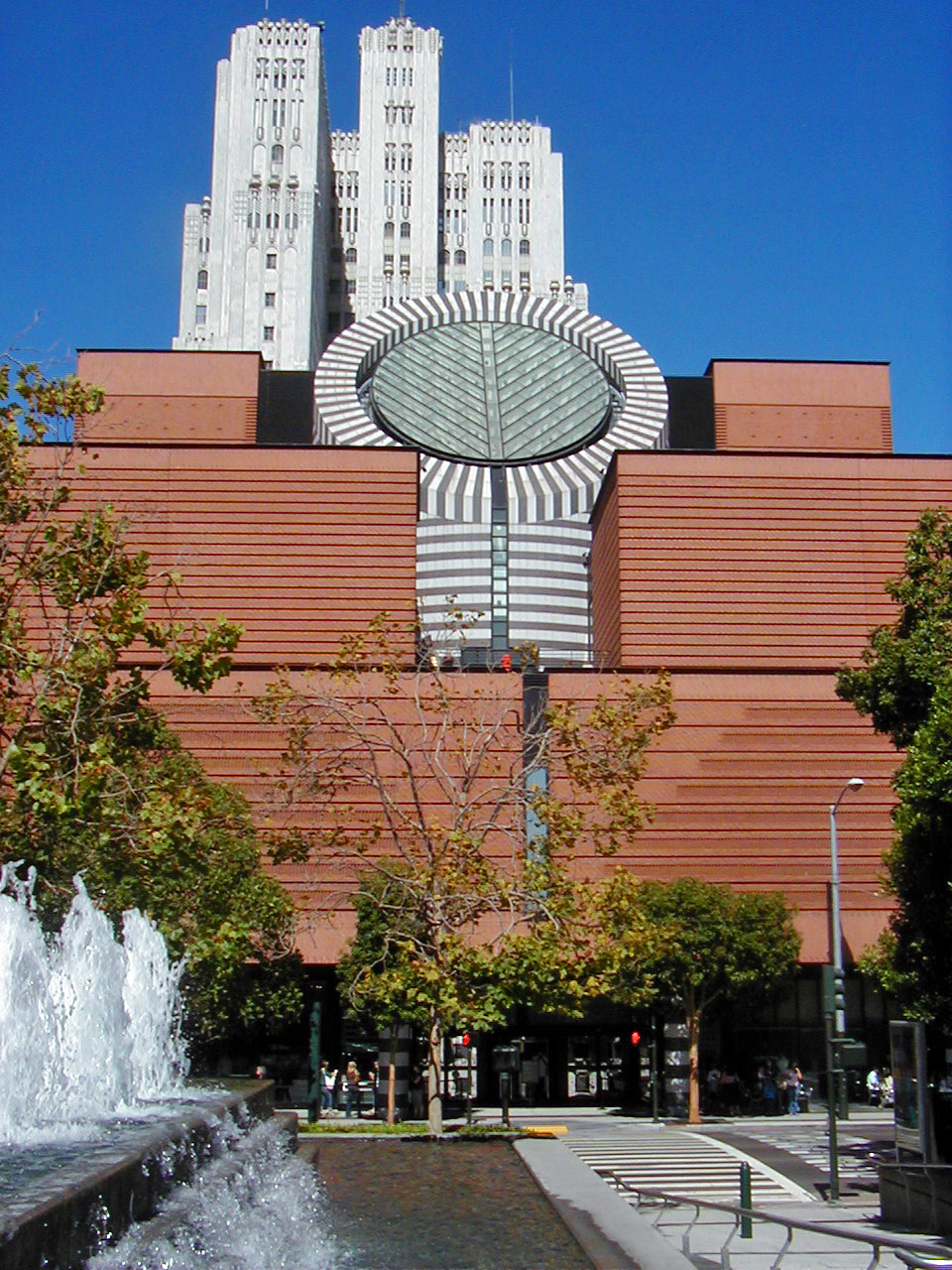Contains the sources you used with links to these sources .25 points
http://en.wikipedia.org/wiki/Culture_of_California
http://en.wikipedia.org/wiki/UC_Berkeley#Rankings
http://berkeley.edu/about/hist/index.shtml
http://berkeley.edu/about/hist/architecture.shtml
http://www.berkeley.edu/news/multimedia/2003/03/jgh/slideshow_pt1.html
Contains a brief paragraph how it connects to your study of humanities. 1 point
This ‘field trip’ relates to the study of humanities because after learning of Friere, and his philosophy, I was able to “relate works (Freire) to their historical and/or cultural context (study of higher education).” I was able to understand how important a higher education is and how we are privileged to have the opportunities that so many others can’t even fathom. While we are studying about Renaissance artists and statistics, others wish to just learn to read and right. Once we acknowledge and understand that we are not the ‘center of the world,’ we can begin to understand humanities worldwide.
Observation: What did you choose? What do you see or hear or feel or think of in the choice you made? What is the subject of the work? If you chose a 'thing' what is the work made of and what techniques (colors, lines, shapes, textures)does the creator use? Be specific in your description. If you chose a place, be specific in your description of what you see or hear. Talk to your reader as though they cannot see the item but somehow must draw a painting of what you see or hear. 1 point
I chose to study UC Berkley. It is a public university in the University of California system, and is revered by many as ‘the best’ UC in the state, and possibly country. This campus is the oldest of the 10 UC’s, as it was first established in 1868 as a private college. The entire campus sits on over 1200 acres, but the ‘main core campus’ takes up only 200 acres. The other 1000 acres include an ecological reserve, a recreation center and a research institute and laboratory. The original architecture is only left in 2 of all buildings, as the campus underwent a major remodel and expansion in the 1950’s & 1960’s. The newer buildings, built within the last half century, come from many redound architects in the bay area, such as Bernard Maybeck, who designed the Palace of Fine Arts. Sather Tower, is another most visited building on campus, as it is a 307 foot tower with the base at the major cathedral, that is comparable to St Peters Cathedral in Rome. The tower has breathtaking, 360 degree views of the entire bay area. Berkley itself is a very diverse city with the campus including student housing and it is very close to Telegraph Avenue, one of Berkeley's main shopping areas with stores, street vendors, restaurants and farmers markets in the spring and summer, all of which are a favorite of tourists and college attendants alike.
Interpretation: What is your choice about? Give specific examples to support this statement in 2 sentences; do so in a way that teaches us something about your choice. Make Paulo Freire proud! .75 point
My choice regards the need and desire to pursue education and to attend one of the best schools in the country. If you work hard enough throughout your life and are fortunate enough to attend this school, you will graduate with a degree that will open many doors, and all because you pursued your education.
Judgment: What led you to your choice? What do you think or feel about this choice? Why do you feel this way? Support your thoughts with specific observations. .5 point
I have always loved UC Berkley’s campus and have been infatuated with the school from a young age. I would love to attend this school in Fall ’10, because it has one of the best business schools in CA, Haas School of Business, next to Stanford. To me, a degree from Berkley with a Business Admin focus ranks up with a degree from Stanford or UCLA because the academics are world renowned and the school is innovative, technology wise, and serves as the alma-mater to over 60 Nobel Prize winners.
Questioning: What else would you like to know about this choice? When completing the question section, lead your audience into the question by stating a fact you do know, yet you still have the related question. This way, both your audience and you will have an educational experience. Example: I learned that John Steinbeck's Grapes of Wrath was based on his personal experience working with farm workers. I would like to know if the characters he used in that book are fictitious or are they people he met? .5 point
I know that the campus is funded in large part by private donations to keep programs and schools going, this including the Hearst fortune, starting with William Randolph Hearst’s mother, Phoebe. I would like to know if any of the Hearst’s attended this university, from Phoebe to Patricia?
5. Using your classmates work from last week, tell us one thing you learned from 1 student. Is this one thing some common experience you share or some experience that is completely different than what you experienced? Is this one thing related to our class theoretical foundation and if so, how? Is that one thing related to historical or cultural context of this country or a different one? Link that persons blog to this entry (eg cut paste that blog entry here) . .5 point
http://missthaiteeveeblog.blogspot.com/2009/02/assignment-1c.html
In assignment 1c, Thida said that, “As a class we can see and learn from each others' different cultures through our assignments.” I fully believe this as well, as I learned much more about Paulo Freire from other’s research that just my own. This is related to our theoretical and cultural context, because everybody can learn at least one thing from every single person in the world.

